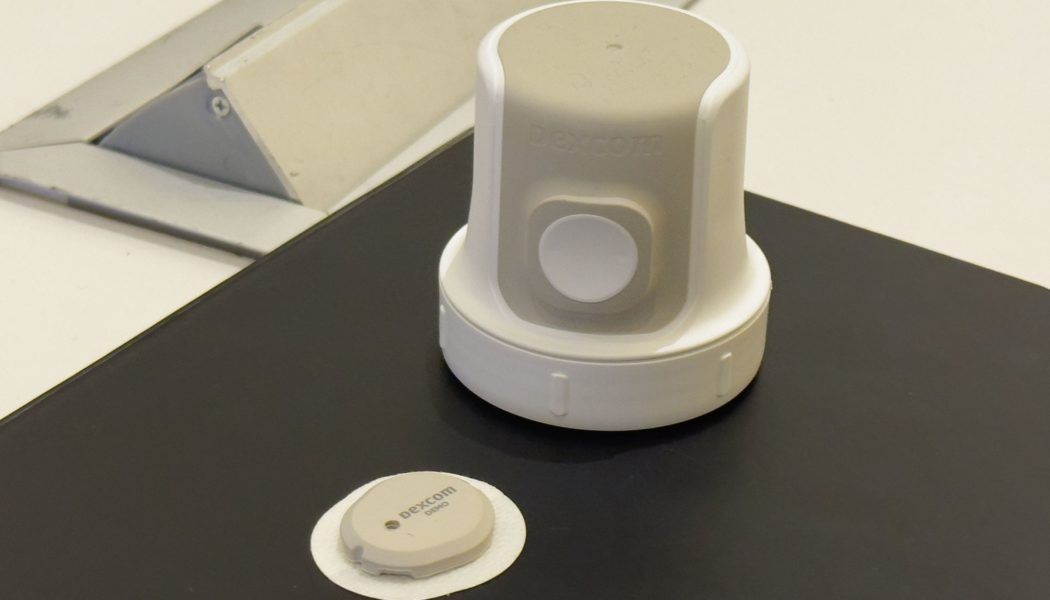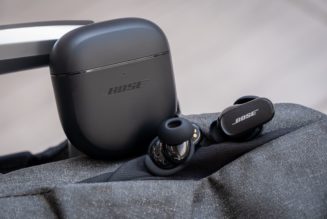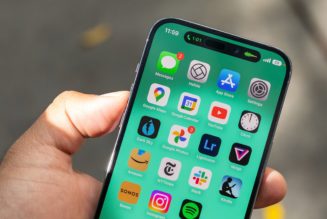The Stelo CGM is meant to give Type 2 diabetics who don’t need insulin a more affordable way to monitor their blood sugar.
Share this story
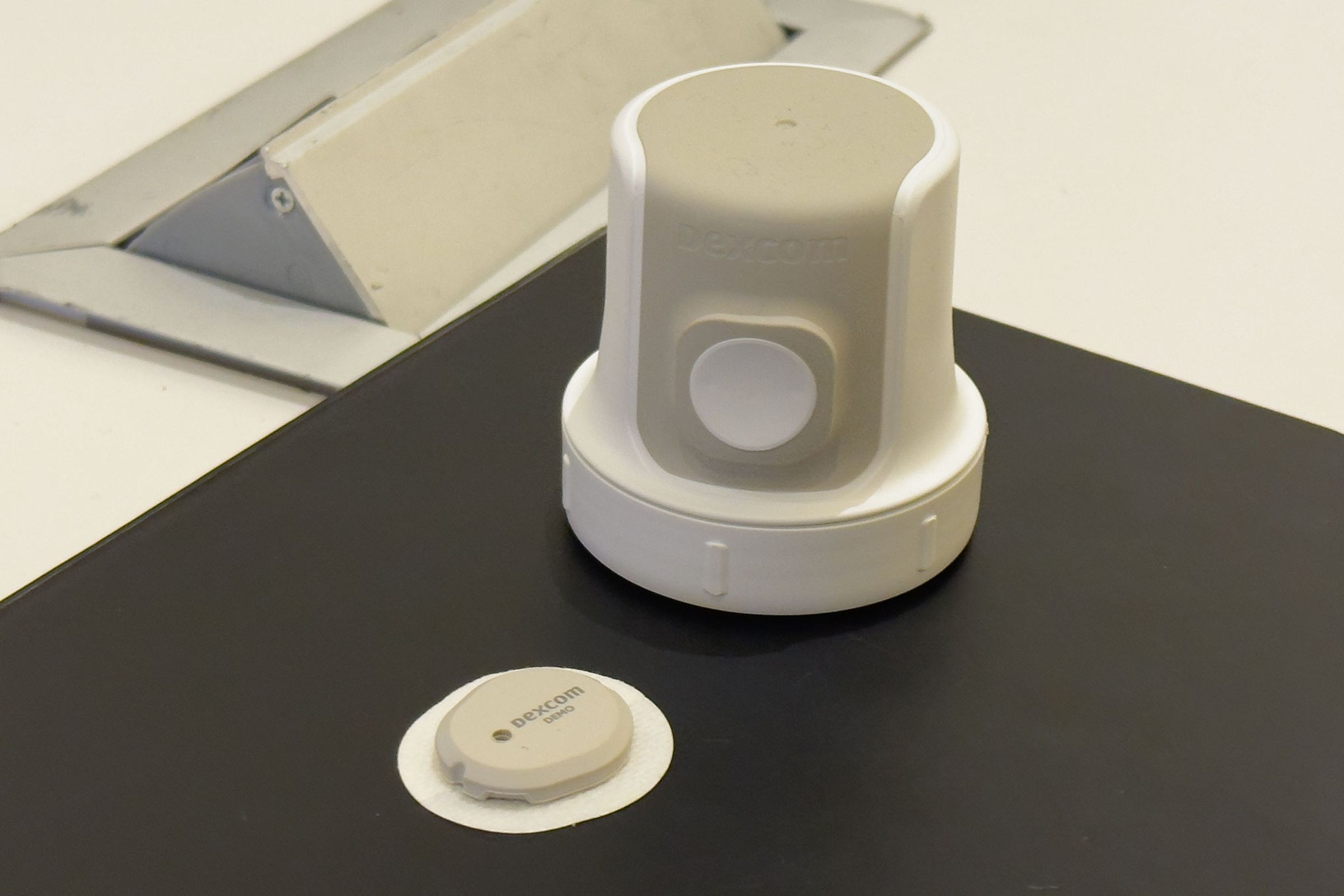
Year in and year out, most of the blood glucose tech you see at CES are devices that may not come out for years, if ever. That’s why it was refreshing to see Dexcom roll up to CES 2024 to talk about something a bit more tangible: its forthcoming Stelo continuous glucose monitor (CGM), a wearable sensor that provides a real-time look at your blood sugar levels. Unlike most CGMs, the Stelo is specifically designed to be an affordable option for Type 2 diabetics who don’t use insulin.
Unlike Type 1 diabetes, where a person produces little to no insulin, Type 2 diabetes is when, over time, the body either doesn’t produce enough insulin or the body becomes insulin resistant. Roughly 90 to 95 percent of all diagnosed diabetics have Type 2. However, if they control their glucose levels through oral medication rather than inject insulin, they usually don’t have access to CGM devices.
“The way CGMs work in the US is that coverage is pretty good if you take insulin, and that’s about a third of people with Type 2 diabetes,” says Dexcom COO Jake Leach. “But there’s this large portion of about 25 million people who don’t have insurance coverage for CGMs and there really hasn’t been a product designed for them.”
According to Leach, the Stelo is based on Dexcom’s existing G7 CGM platform and will last for about 15 days per sensor. However, instead of a system that centers around low blood sugar alerts — which is most useful for those who use insulin — the Stelo app is meant to provide insights around real-time readings. In other words, this isn’t a device meant to save lives, but rather improve them.
For example, Leach says, the hope is that through using Stelo, Type 2 diabetics who don’t regularly check their blood sugar with finger prick tests can come away with a greater understanding of what their normal average blood glucose range looks like, and what to do with that data. For example, they might learn that pairing white rice with chicken and vegetables at dinner leads to a lower spike than rice eaten alone. Or that the same foods eaten earlier in the night result in a less intense glucose response. Ideally, that would empower them to make smarter choices day to day between doctor visits.

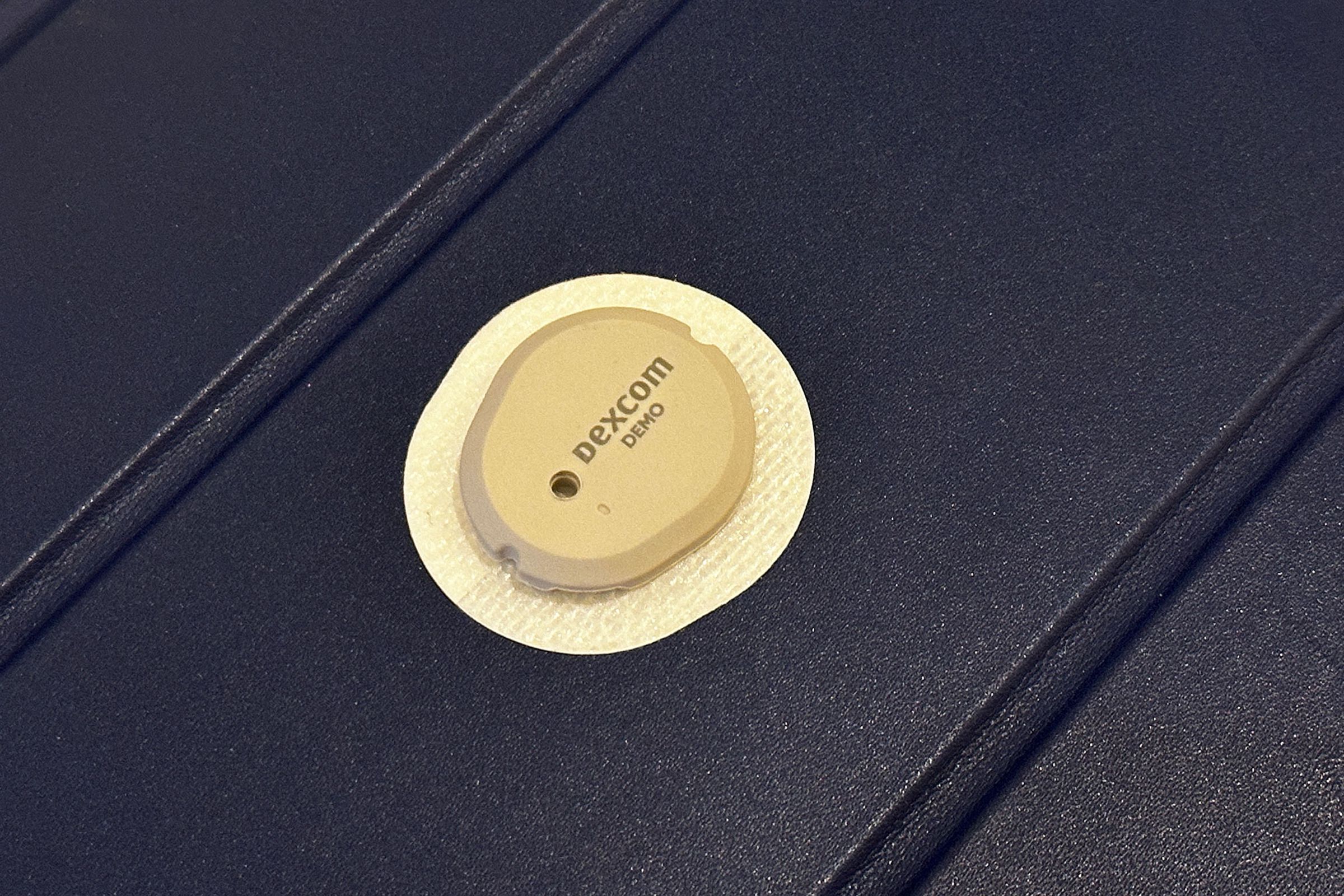
It’s similar to pitches from other CGM startups that tout using these devices for athletes or the uber health conscious. But while Leach sees the opportunities for CGMs for non-diabetics, he says Dexcom is choosing to stay focused on expanding use cases for those with diabetes.
“Everyone who has a CGM that I’ve talked to learns something about their diet that they didn’t know that was unexpected,” says Leach. “CGMs are tools that can help you understand, but in order for them to be successful in helping people, it’s got to be properly designed for that group.”
Leach has a point. Last year, I tested the Nutrisense CGM, and while I definitely learned things about myself, there wasn’t a reason for me, a non-diabetic, to keep wearing one long term. Meanwhile, blood glucose tech at CES can be a wild, directionless hodgepodge. When trawling the show floor, not everyone has a good answer when I ask about regulatory clearance, timelines, who exactly this tech is meant to help, and what problems they’re trying to solve.

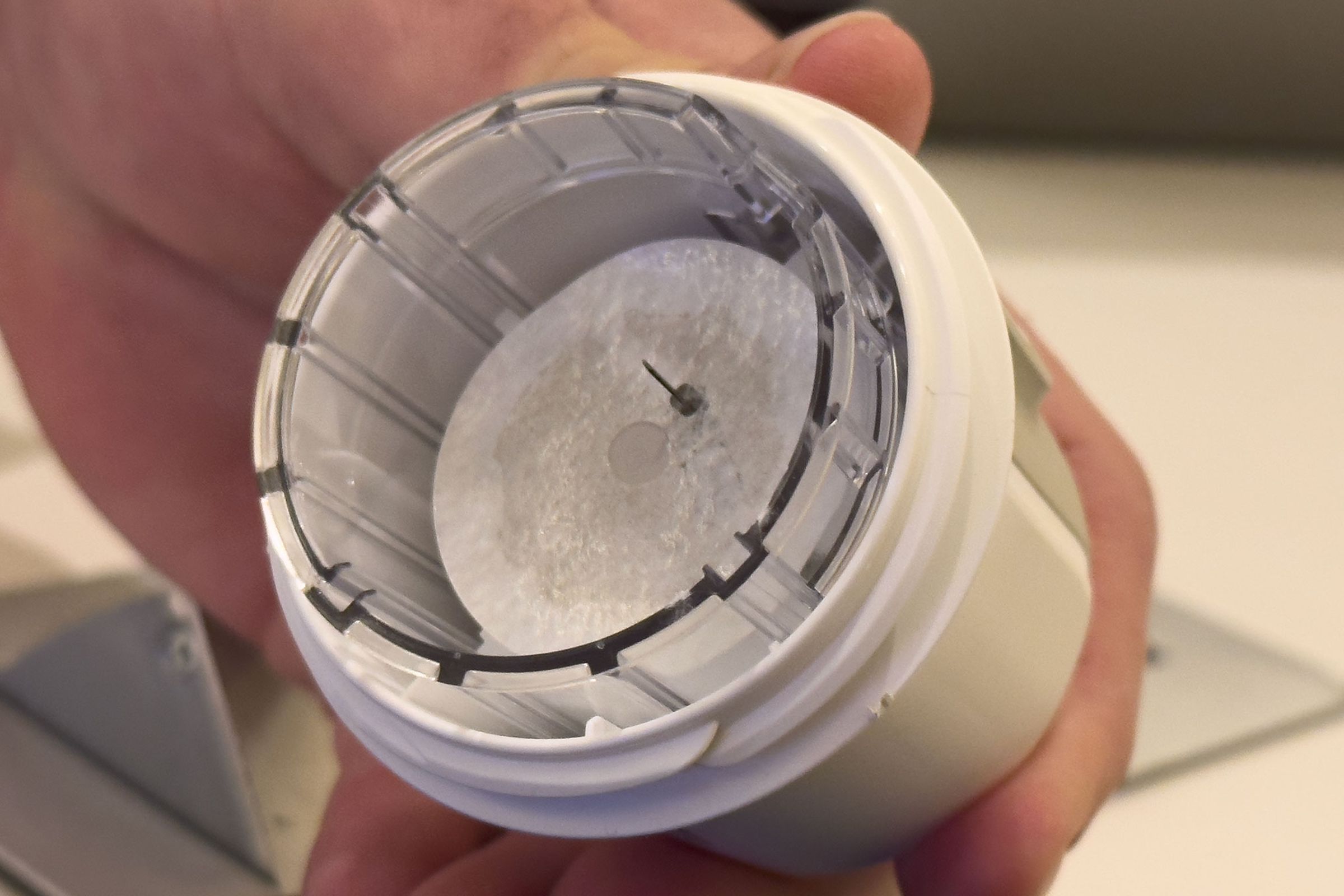
That’s why it’s exciting to see that Stelo has a much clearer mission statement. Dexcom is a medical device company with experience bringing this sort of tech to the market and with working with the FDA. Leach tells me that focusing on software over the last few years allows Dexcom to push frequent updates to address user feedback and needs. Right now, the Dexcom G6 and G7 connect with over 100 digital apps and Leach says the plan is make sure Stelo also has a full ecosystem available.
But the cherry on top is a commitment to accessibility. Leach didn’t give me a final price — partly because the product is not yet available, but also because insurance makes it impossible to definitively say how much anything will cost. According to Leach, most Dexcom customers pay less than $40 if their insurance covers CGMs. Medicare patients pay around $50 monthly, while a third are lucky enough to pay nothing at all. If you’re not covered, however, Dexcom CGMs can cost around $173 a month out of pocket. The Stelo is intended to come at a more competitive price for people who have to pay out of pocket.
The Stelo CGM is currently going through the FDA clearance process, with plans to launch this summer. It’s not a given that Type 2 diabetics will immediately glom onto CGMs as a form of treatment. And while Leach says physicians he’s spoken to are in favor of this tech for Type 2 diabetics, we still have to see how the medical community will incorporate this. (Wearable data, for example, isn’t always helpful to doctors.) But even so, the potential of positively impacting millions of underserved people is a noble endeavor. That’s the sort of innovative spirit you want to see at CES.
